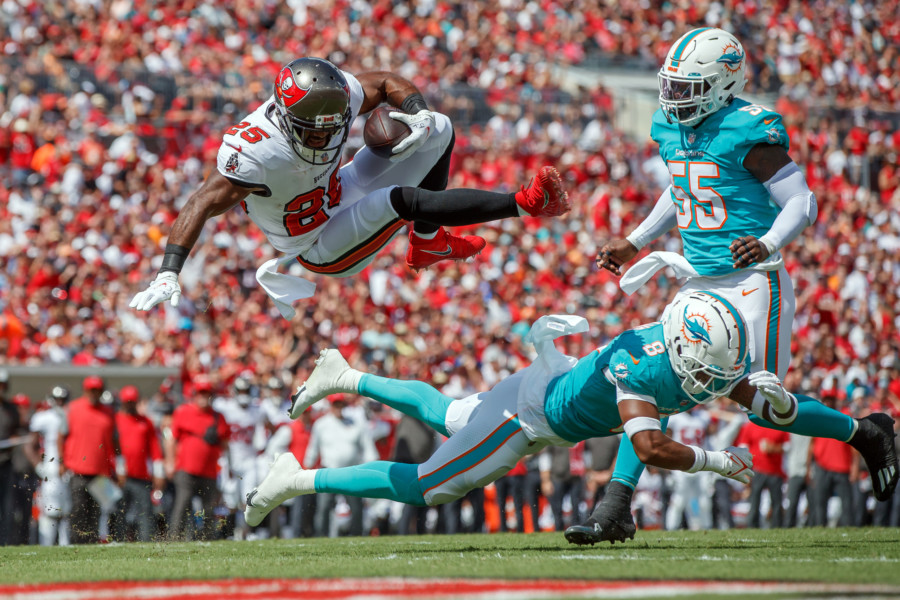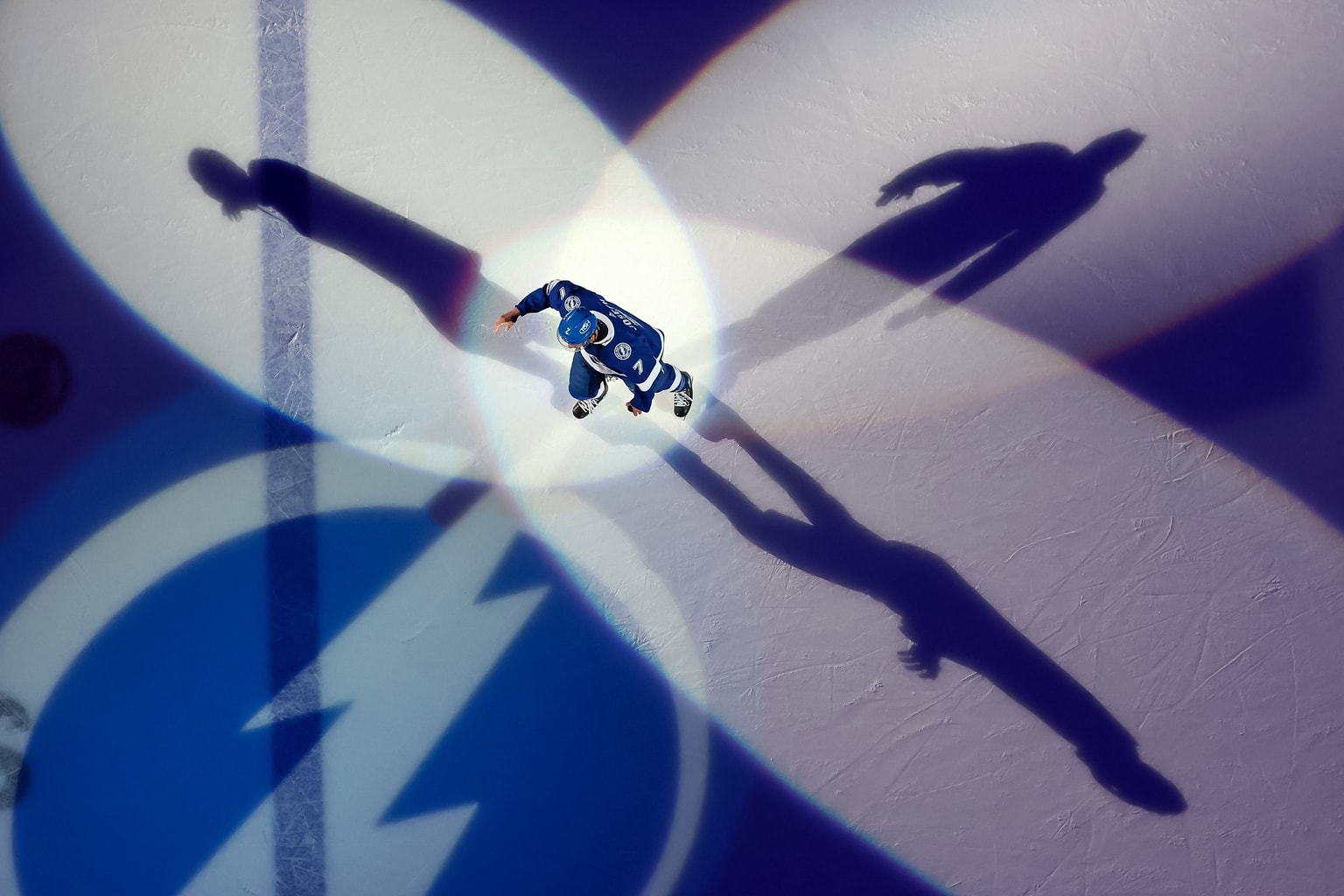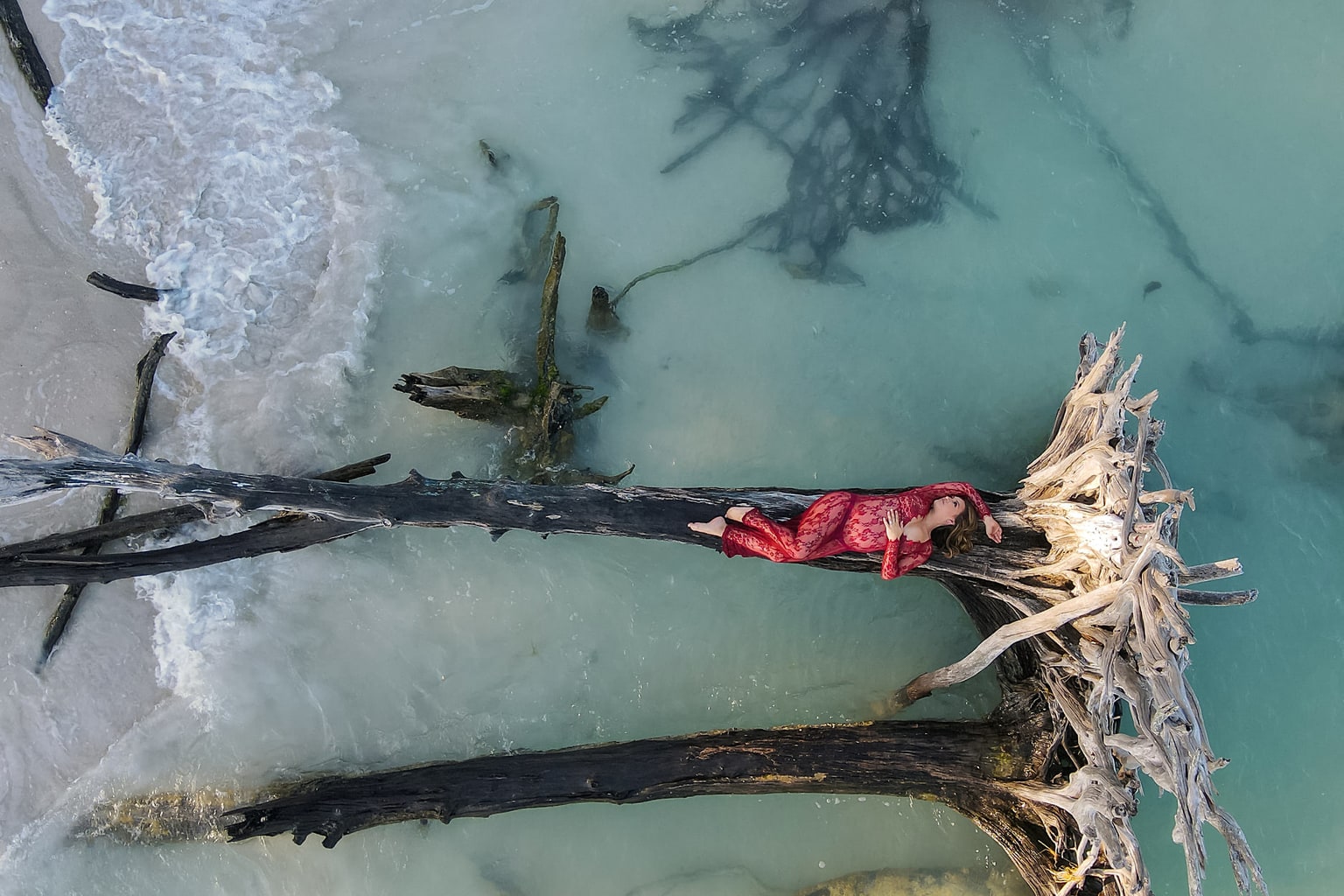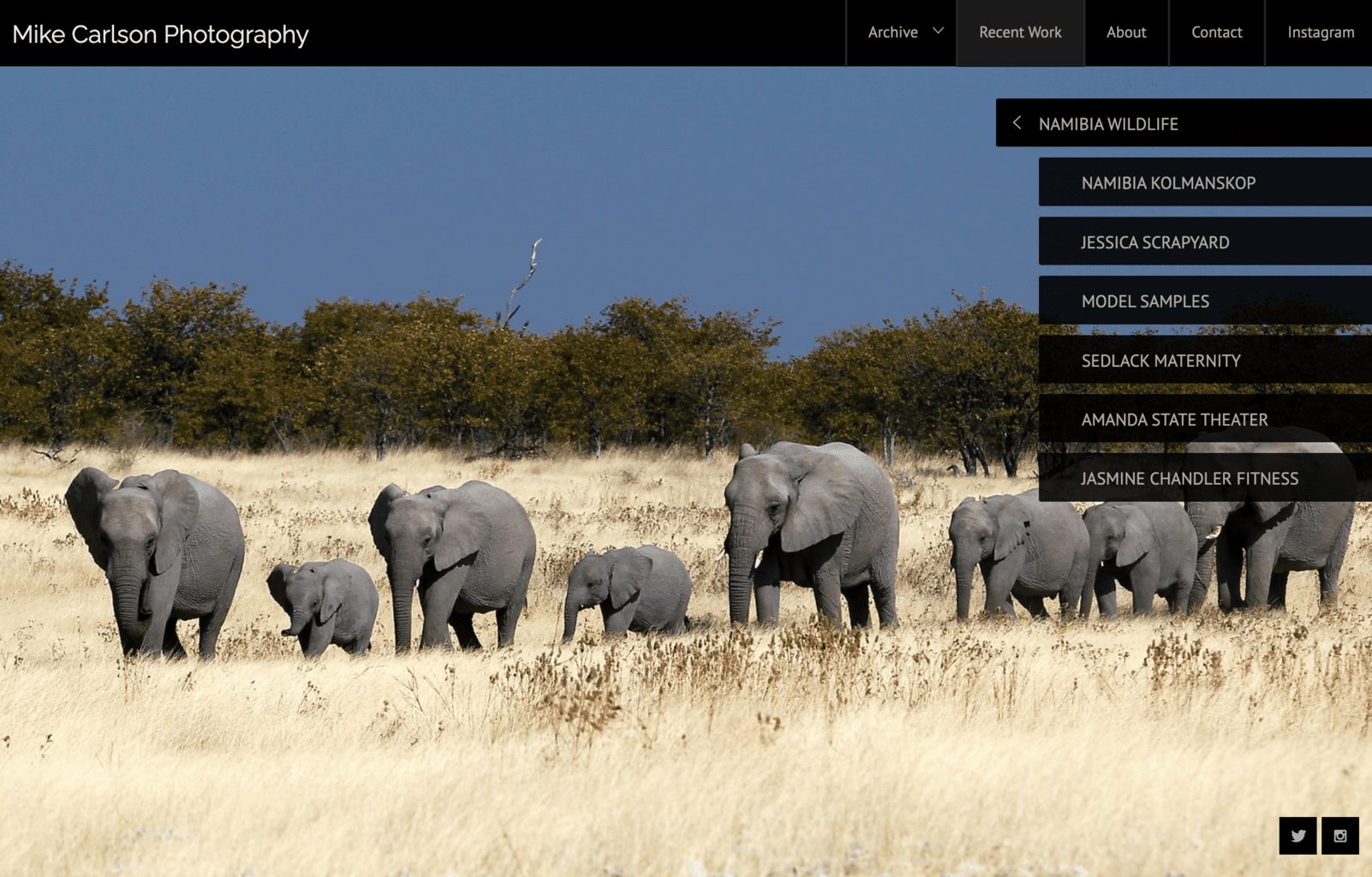Share
The Long and Winding Road of Freelance Photography with Mike Carlson
The life of a freelance photographer can be both exciting and daunting. Oftentimes, freelancers find themselves becoming Jacks or Jills of all trad...

The life of a freelance photographer can be both exciting and daunting. Oftentimes, freelancers find themselves becoming Jacks or Jills of all trades, as different assignments call for different areas of expertise.
“It takes a lot of hustling and making connections, then following through to maintain them,” says Mike Carlson, a talented Tampa-based photographer and PhotoShelter member.
For Mike, the freelance life means covering local sports, documenting weddings, and working on portraits and family photo sessions for a variety of clients. After learning more about Mike, his travels and various photo projects, it’s no wonder he refers to his journey as a long and winding road.
We caught up with Mike to learn about his experience in the photo industry, how he took on drone photography as a pandemic pastime, his advice for fellow freelancers and more.
Scroll on to read our interview and make sure to follow along on our Instagram this week (@photoshelter) as we share a handful of his photos, ranging from sports to wildlife photography!
This interview has been lightly edited for clarity and length. Cover image by Mike Carlson.

PhotoShelter: How did you get your start as a photographer?
Mike Carlson: I started my career as a teacher in Thunder Bay before moving to teach at an international school in Istanbul, Turkey in the late 1990’s. As the electricity was a different system, I bought a new printer, and with the printer came a point-and-shoot film camera…figured since I got a new camera and was now living in a truly remarkable city, my photography career was born.
I shot a LOT of film rolls, learning composition along the way and getting hooked… When I moved from Istanbul to Cairo, Egypt, I met an Egyptian photographer who went to college in Dallas and ran the camera store where I started taking my film for developing. He seemed impressed with my ‘eye’ and convinced me to move on to an old camera he had – a Canon AE-1. This forced me to learn more about the actual elements of exposure and forced me to slow down a bit more and set everything. From Cairo and manually focusing on pyramids that haven’t moved in a few thousand years, I moved to Dar es Salaam, Tanzania where the elements of movement were introduced…tracking the animals on safari was my preparation for sports. And from Tanzania I was somewhat forced to move to Florida….
Most of your work is Florida based. What’s your background and your connection to the Sunshine State?
MC: After my wife was diagnosed with cancer, we had to relocate from Africa to Florida where her family lived and I realized the wildlife was mainly birds and gators, so I got more into sports. Starting with shooting the high school sports at the school where I teach, I eventually expanded my connections and grew as a sports photographer to where I am today. I just bought a new house here and have done enough “Florida man” things over the 18 years I’ve been here. I guess I’m here for the long haul…

You have a wide range of work as a freelancer from sports photography, weddings and engagements, and creative portraits. Do you have any tips for aspiring photographers hoping to start their own businesses or those switching to freelance full-time?
MC: I’m not even sure I’m doing it right, but I do know it’s work…and I’m pretty terrible at separating my ‘life’ from my ‘work’ since neither really seem to know any boundaries. So, a tip would certainly be to try and find that balance, or the burnout can be quick (and then send me some info on how you made it happen).
It takes a lot of hustling and making connections, then following through to maintain them. I have many wedding clients that have evolved from my sports work, most from being professional but personable with the athletes rather than using my sports connections for ‘IG cred.’ The ‘Likes’ are great, but the genuine connections are what help my business evolve.
And paperwork…so much paperwork…find a great system and an even better tax accountant!
Related content: 10 Tips and Takeaways for Freelance Photographers
You mentioned to me that you started using a drone for photography as a pandemic project. Tell us about the process of testing and getting a drone license for those who might want to give it a try. Any tips for beginners or major things to consider?
MC: The drone experience…it was an excellent pandemic project. Fortunately here in Florida, for the few months we acknowledged COVID was a thing, we could still get outside. And since I live alone I was getting sick of my company when we had to isolate, so needed an escape. I invested in an entry-level DJI Mini, just to get a feel for whether I even wanted to do any drone work. I quickly grew to love the challenge of finding the right way to make frames from a new perspective.
I had evolved to trying to use it as part of an engagement session looking down on a couple reclining on their boat deck out in the Gulf. Looked great! And then I got ambitious and tried to land the drone on the boat since I’d walked well out of the frame. It was going well until a ‘rogue wave’ (really a small rolling one) met the boat as I was landing and the drone clipped the railing on the deck and sent it straight into the Gulf…where I quickly learned what 10 seconds of saltwater does to electronics…

So, my next drone I moved up in the DJI series and have used it since for some stress-relieving creativity, and to add a different perspective on some portraits and engagement sessions. I’ve used Remote Pilot 101 for the Part 107 preparation. There are many resources out there, but I found this one to be best for my learning style (plenty of great videos and frequent tests).
The biggest piece of advice if you’re wanting to get into drone work is to respect the rules…the more people who get drones and break FAA rules or local rules in state parks, etc, the harder it’s going to be on everyone who enjoys using them or who uses it for work as the restrictions on use will just continue to get tighter in response.
Walk us through this moment when documenting the manatees feeding at low tide. We love your other work with manatees too! What do you like about photographing this animal in particular?
MC: Manatees are by far my favorite Florida creature to shoot. Swimming with them is a MUST if anyone makes it up to this part of Florida – in particular the Crystal River area, about an hour and a half north of Tampa. Their gentle nature makes a swim with them a surreal experience as they gently glide past or even under you as you float, and oftentimes even come up with an inquisitive nuzzle.

For this picture in particular two things came together – the temperature and the tide. The manatee tend to congregate in the warm water of the springs during the winter months (yes, it gets actual cold in Florida – like in the 20’s – 30’s). The entrance to the springs from the river you see in the drone photo cannot be navigated by them during low tide, so knowing this they tend to group together in an ‘aggregation’ (yes, the proper term). Putting this all together with the right time of day for good sun, and that’s the result.
How long have you been using PhotoShelter? How does it help with your workflow and your photo business?
MC: I don’t honestly remember the date I started using PhotoShelter, but I do know it was with the ORIGINAL PhotoShelter before the major redesign and shifting over…I have billing statements back to 2006, so it’s been a minute since we’ve been together! I love having the bulletproof archive, the storage I can’t come close to filling, the ease of sharing with clients using the client proofing tool and the secure downloads, and the searchable archive both on the website and app.
When working with teams, the integration of all of the extended PhotoShelter features like the FTP galleries/sharing and assigning user groups all make life easier.

Anything else you’d like to add or promote? We’re happy to share!
MC: Keep Instagram a PHOTO SHARING APP, and always credit your photographers!
If you want to see more of Mike’s work, follow along on Instagram (@photoshelter) this week as we share a selection of his photos for a dedicated Instagram takeover.


